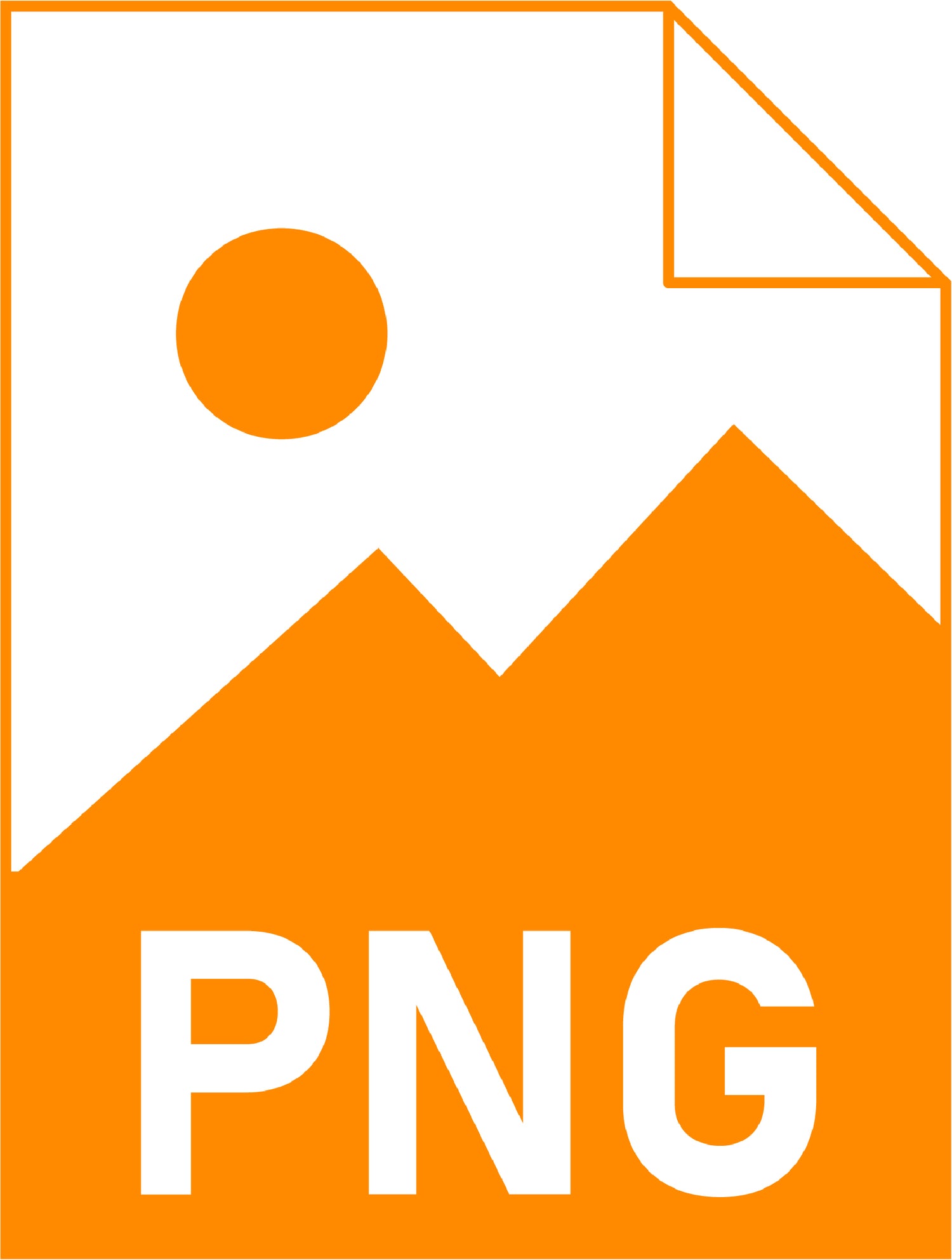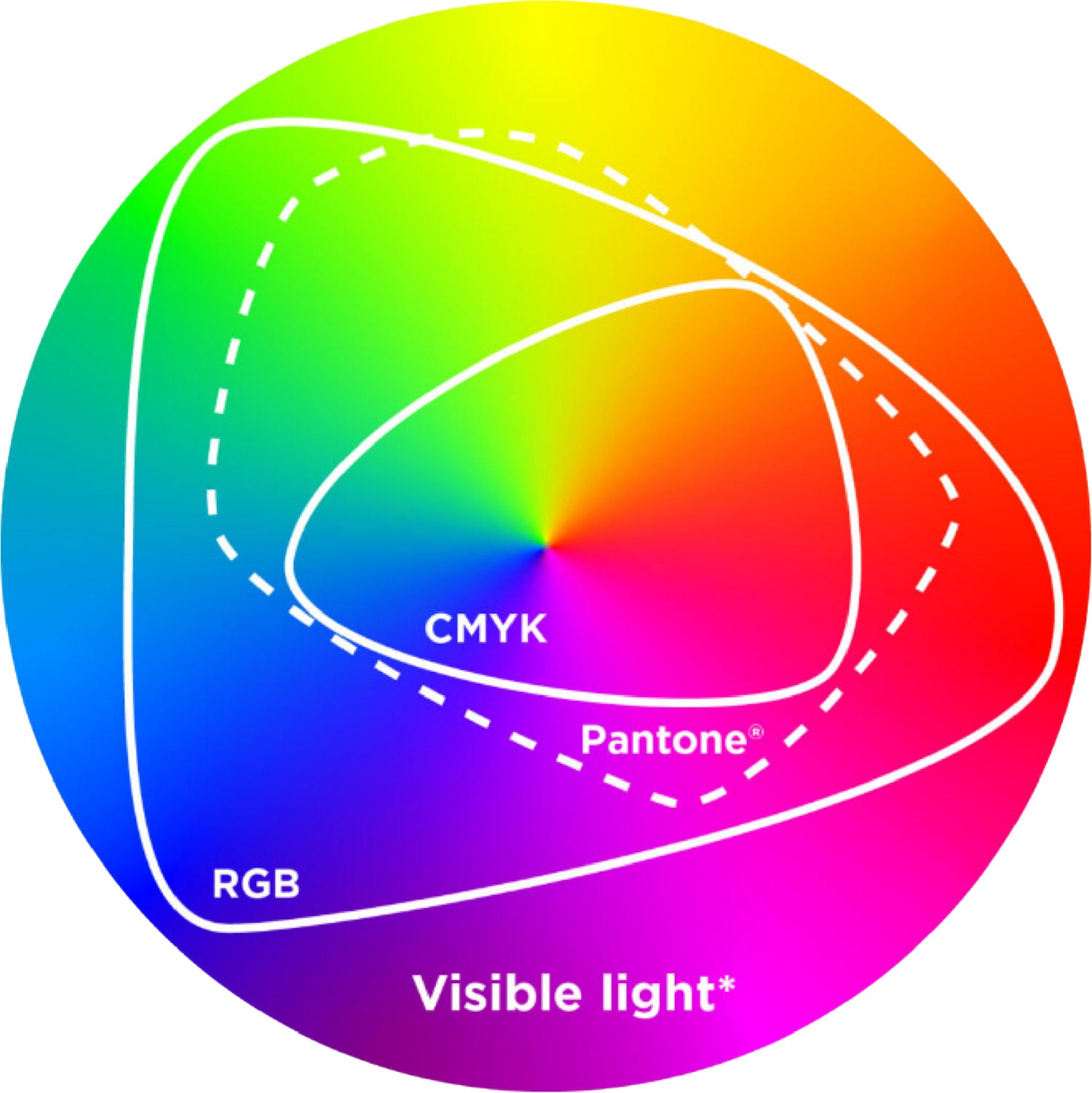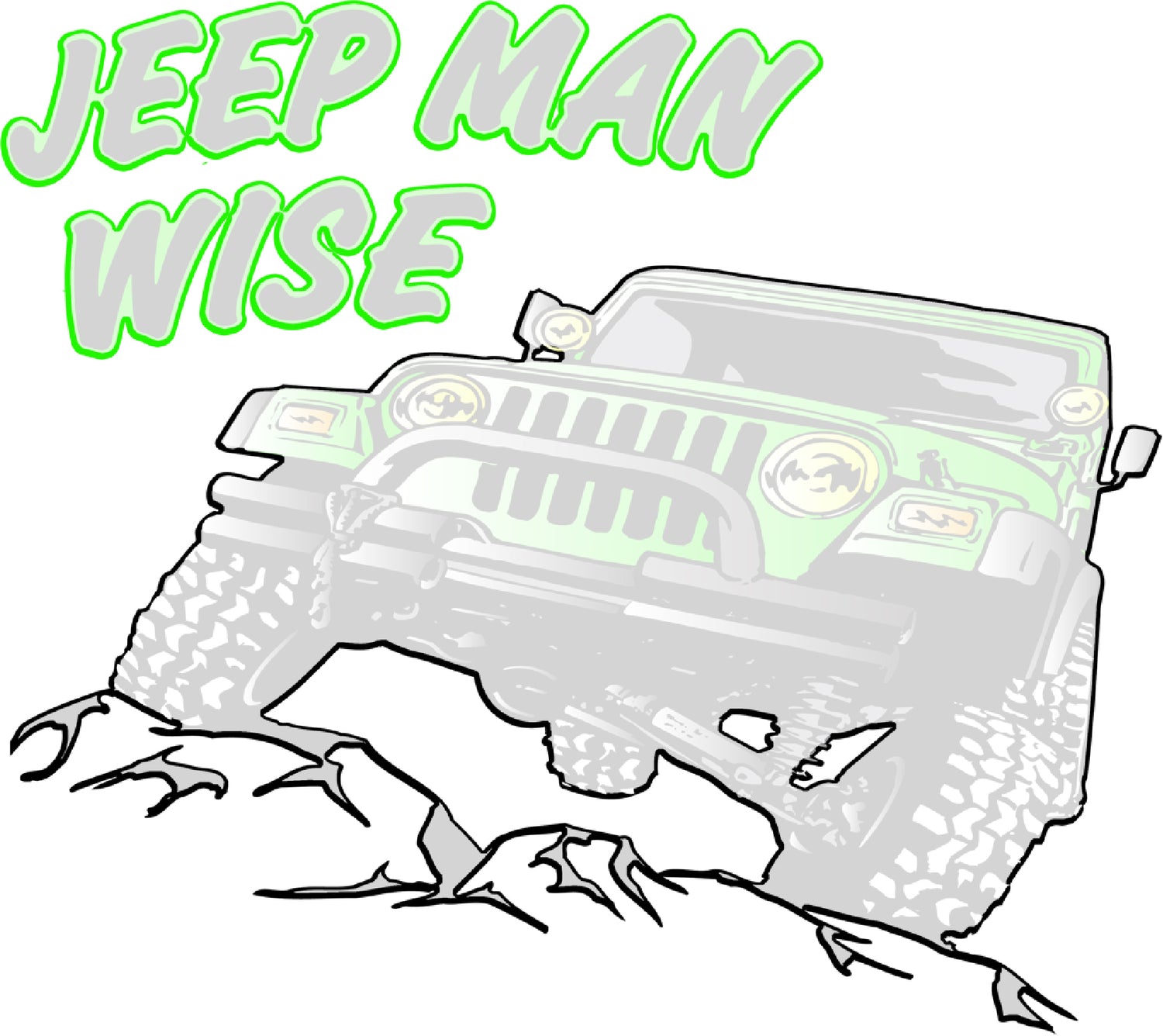Artwork Guidelines

To help you get started, we put together some things you should know about DTF Transfers to ensure you have a great experience and end up with an amazing product!If you have any questions feel free to contact us directly at:Tel: 843-656-9800 or send us an email sales@freestyletransfers.com

Graphic Upload Size-Same As Transfer Size
Uploaded files should be the exact size as your transfer purchase. If you order a 22″x96″ gang roll of DTF Transfers, your graphics should be designed in that size, with a sRGB color mode and saved in the same size with a transparent background at 300 dpi resolution.

File Format– Transparent PNG
We prefer transparent PNG's saved at the print size, with 300 DPI resolution and saved using the RGB color space. Doing this will ensure you have high quality DTF Transfers with bright colors.
We also accept vector files such as eps and ai file.

Image Resolution
DTF Transfers should be designed, saved and submitted in vector format or 300 dpi. Upscaling or resizing your image to 300 dpi, does not make it a high resolution image or fix poor quality. If the example on the right was printed, it would print the way you see it on screen. The left side of the image was resided to 300 dpi, but was designed at 96 dpi.

Color Format– RGB
Although we can print CMYK or RGB with great results, for vibrant colors your designs should be created, saved and uploaded in RGB.The 2 most common color formats are RGB and CMYK. Although most printers use CMYK inks, there are only 16,000 possible color combination in CMYK vs over 16,000,000 (16 million) in RGB. Using specialized software we are able to replicate more colors when your file is created and saved using the RGB color space.

Line Thickness- .018″ or 1.3 pts
All freestanding lines and borders need to have a minimum line thickness of.018″ or 1.3 pointsin order to print and transfer properly, as well as achieve maximum durability. Similar to screen printing, DTF prints use a white under-base, as shown in the image on the right, and is required for the adhesive to adhere properly and ensure bright colors in your transfer. Anything less than a line thickness of .018″ or 1.3 points will lead to print, durability and transfer problems. If you have fine lines below the specified size, simply add a stroke to make the lines thicker.

Transparency- Do Not Use on outside or border of artwork
Gradients, glows, fades, shadows and other transparency effects work great with DTF, accept where they drop off to the substrate, such as a t-shirt. If your artwork has transparencies such as fades and shadows on the outside of an object, it will not print correctly below 60% opacity and will create a jagged edge or unwanted white ink around your design. DTF Transfers are best used with a “medium to hard edge”. Anywhere the image drops off to the substrate, consider using halftone dots over.018″ or 1.3 points.

Edge Quality– Prior to uploading your artwork, zoom in to 100% and review your artwork closely.
If you have jagged edges or dirty colors, is a result of using a low resolution image or poor job on background removal. Either way, you will need a higher resolution image or have the image vectorized by a professional graphic artist for th best results

